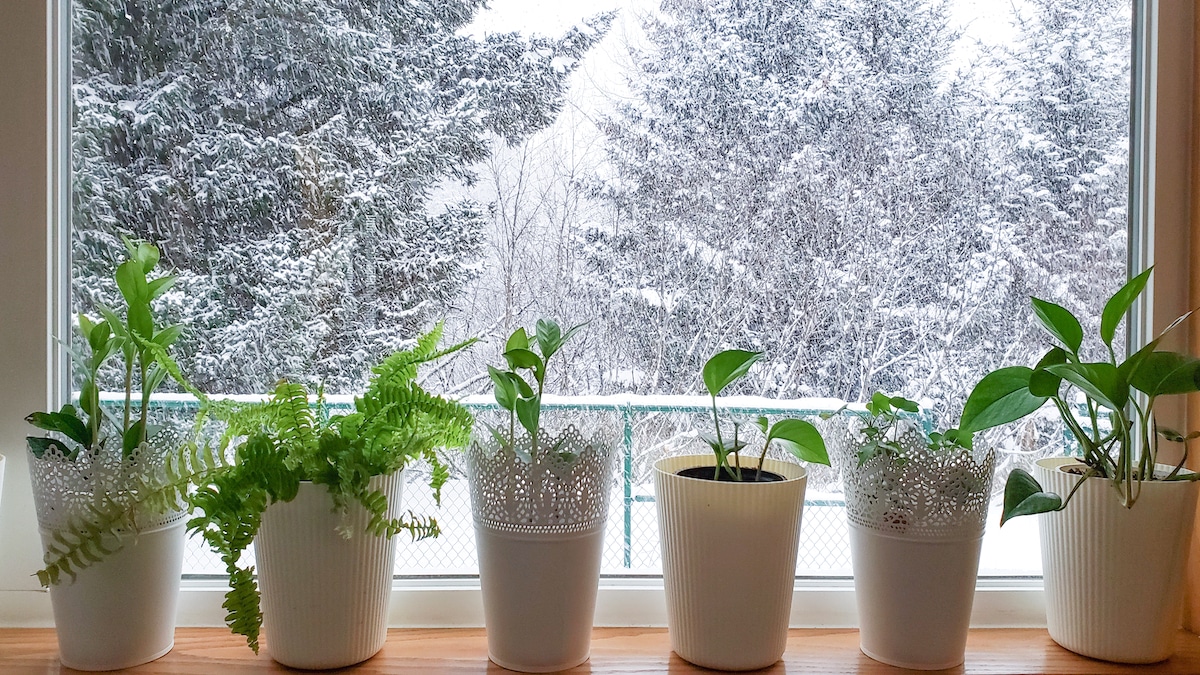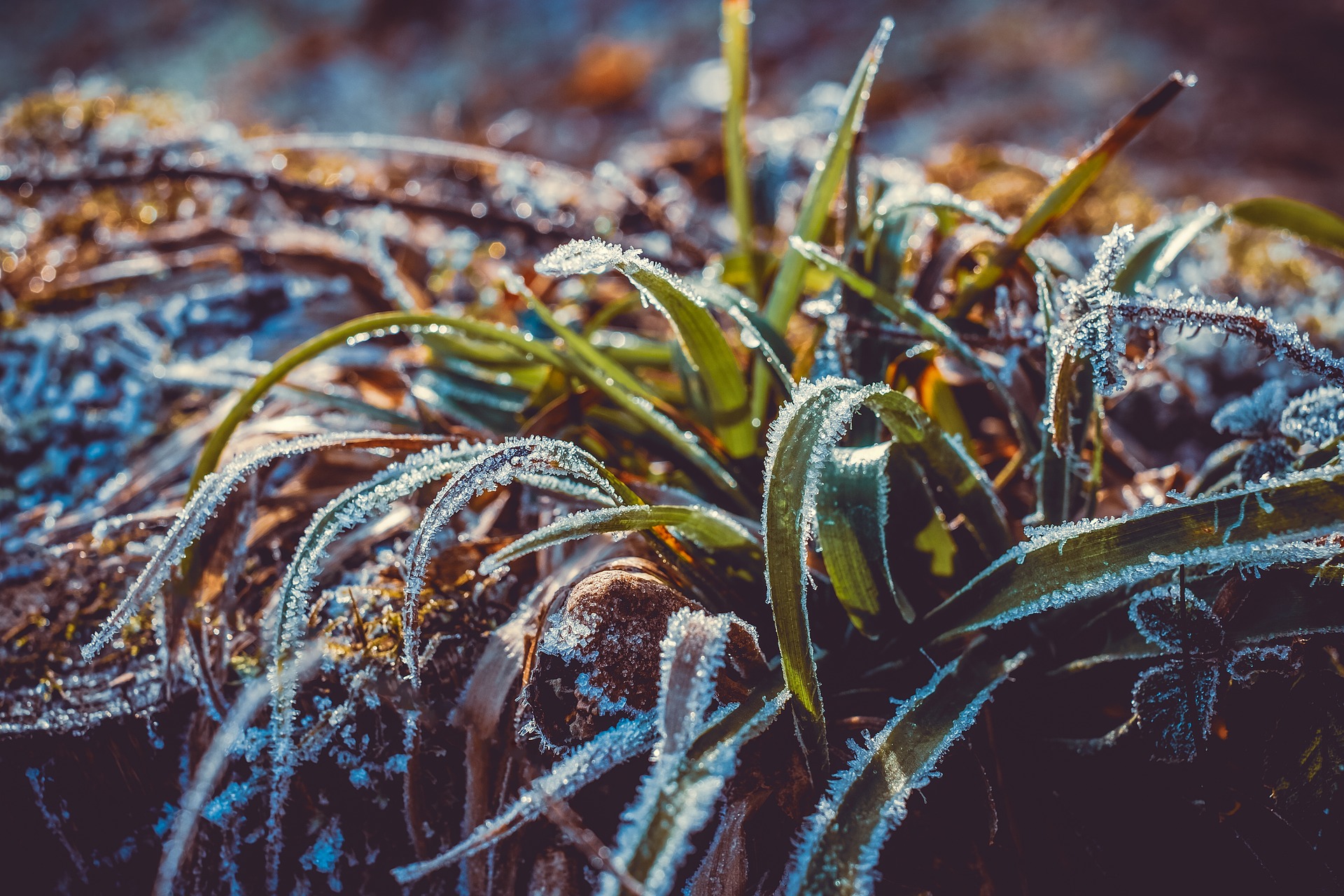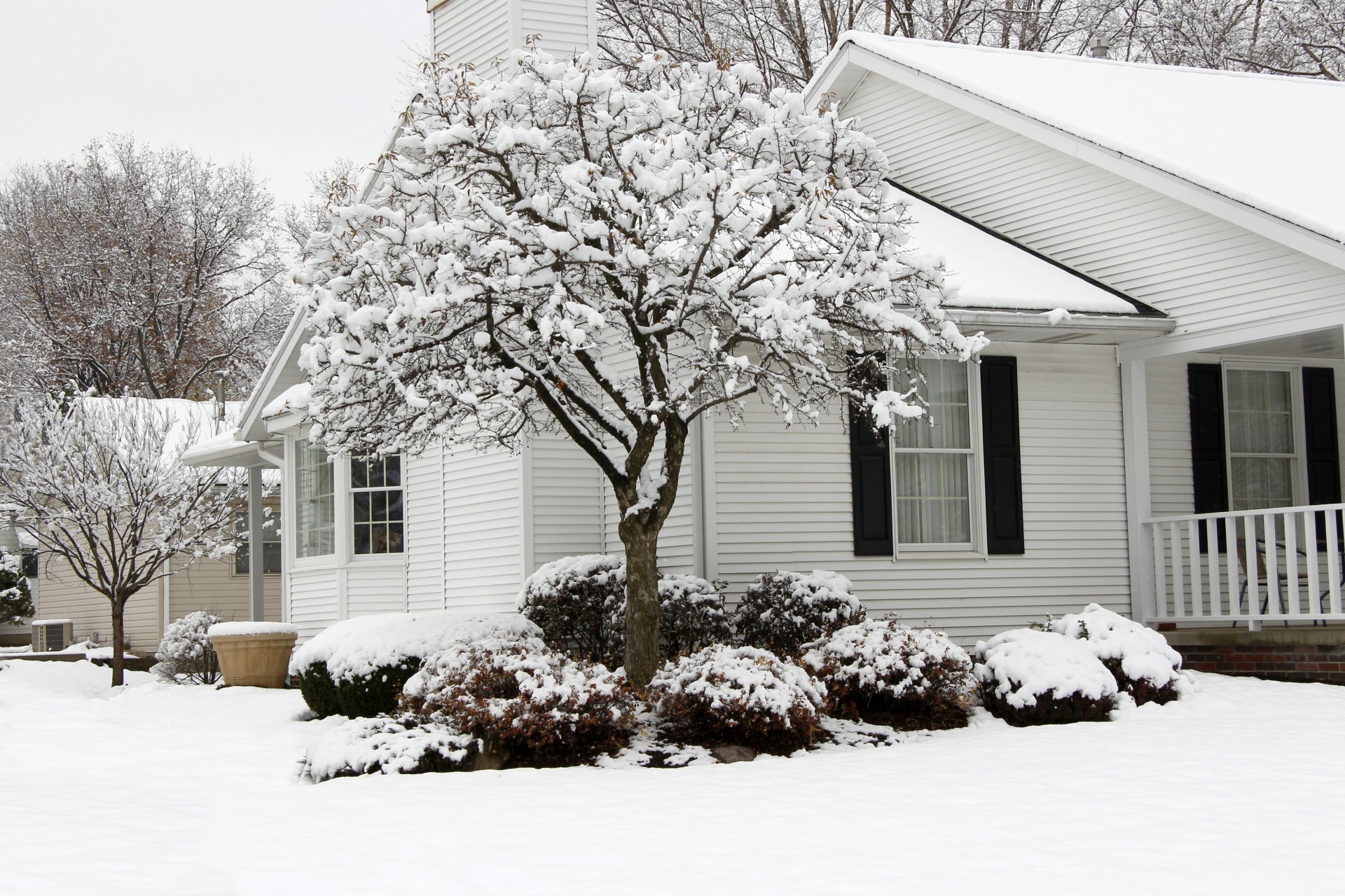Most gardeners, who watched their garden in fascination from spring to mid-autumn, are now beginning to worry and look for all possible ways to protect outdoor plants alive from the cold and watch them develop and bloom again with the onset of heat. Any plant pleases the eye, whether it is an outdoor plant or a pot plant, especially during the winter.

If you’d like to save all the plants alive in your garden during the cold winter months, you had to read this article: ‘How to keep outdoor plants alive in winter?’
What do I do with my outdoor plants in the winter?
I’ve read many articles and tried all the tips, so I am happy to share my experience with you. First, you have to make sure which varieties of plants can survive the winter and which should be kept indoors. Once you have determined which plants need additional measures to survive freezing temperatures, you can begin your work.
Plant survival depends on watering before winter

The biggest problem is because of soil freeze. If the ground freezes through to the plants’ roots, it is more likely that your plant will die. Frost getting to the plants for a long time will also result in their withering and dying.
Plants require water. Water your plants before the frost, and they will survive in the cold weather. Plenty of water will help regulate the temperature difference between the plant roots and the soil. The water will be an insulator.
In areas where below-zero temperatures are mostly at night, you may water plants before it gets dark. The wet soil will hold in warmth a lot better than dry soil. If the soil is dry, the ground freeze will almost certainly happen on a cold night, and it will kill your plant at its roots.
Besides, don’t forget about deep watering. You can do it several times before the deep winter. I recommend doing it once a week for a month or two leading up to winter. Keep your plants in deep water and don’t let the soil dry during the fall, and you will keep your plants alive in winter.
Must I water dormant plants during the winter?

If you live in a region with a small amount of precipitation, you need to keep watering your plants. Even if it looks like plants are completely dormant, they must get the moisture they need, or they might not come back when spring rolls around.
How Often Should You Water Outdoor Plants in Winter?
Many outdoor plants require a little moisture over the winter due to dormancy or protective evergreen features, but how often should you water outdoor plants in winter? Every plant has different moisture needs, but do not let any plants, especially pot plants, remain dry for days.
You can buy a gardening outlet, or you can chat with a landscape professional about when you should water your outdoor plants in winter. Plants get moisture on their own with regular winter rain or snow and a small amount of supplemental water.
Apply old mulch
After you have watered the soil thoroughly, you should cover your plants. You can use mulch, straw, dry leaves, or dry grass. Everything is good. It depends on what is easier for you to get and then put away. All these natural materials will insulate the soil against cold weather and help keep moisture. A few inches of mulch will be enough to keep your outdoor plants alive during winter.
Cover your outdoor plants
If you want your plants to remain, you must water and mulch them. But even better to cover them.
You don’t need to spend a lot of money on expensive materials and spend much time covering your plants. You may put some wooden or metal stakes in the ground and lay some fabric material over them. Different covering materials are suitable, like shade netting, burlap, bedsheets, table cloth, blanket, and so on.
You also can put some plastic sheets to keep moisture and warmth in. There are other methods of covering outdoor plants and keeping them alive. Chicken wire is a convenient and fast way for plant maintenance. Make a chicken wire in the form of an arch and put it over the shrubs, then zip-tie the covering material to the chicken wire to secure it.

Another great method is cold frames. You can buy them or build by yourselves. Instead of cold frames, you can use whatever you find in the household: old buckets, pans, or hula-hoops. When installing them, just make sure that they hold well and will not be blown away by strong winds.
If you need to cover plants that are still small or to insulate first-year seedlings, then you can use cloches – bell-shaped coverings typically made of glass or wire mesh. They will let the sun warm in on a sunny day and protect against snow and frost in cold winter weather. You can both buy and make them.
Let’s summarize: first water, then mulch, and only after that cover!
Where should I store my outdoor plants for the winter?
/high-angle-view-of-snow-covered-chairs-and-potted-plants-912483338-5c11a51146e0fb00016a4595.jpg)
If you don’t have time or desire to cover more vulnerable plants, bring them inside before the cold winter weather. They should be transferred gradually over a period of several days to avoid shocking the plant. But it is possible under one condition if you have a suitable warm room with enough sunlight. It can be a garage or any other spacious room.

For those who want to outdoor plants alive even in the USDA hardiness zone, I can recommend making a greenhouse, building a cabin or patio, decorating it with outdoor furniture, and even warm it with a fire table set. Thus, even on cold winter evenings, you could spend among lovely plants.
Can I preserve outdoor potted plants over the winter?

I can answer this question too. As potted plants are separated in a smaller volume of soil, they’ll dry out more quickly and can be more inclined to cold weather. These plants require more water, and you need to take care of them more accurately and not let the plants go completely dry.

The ideal way to preserve them is to re-plant them in the ground for the winter. Plants in the ground have much more access to moisture and won’t require as much care as potted plants.
When spring rolls around, simply pop the plant back in its pot, give it a good watering, and enjoy its new growth all over again. Bringing them inside is a good idea, too.
Where should I store tropical plants alive for the winter?

Tropical plants are amazing. But they are very capricious and sensitive compared to other plants. They are afraid of low degrees and snow. They must come inside if you are in a cold zone.

The same with tuber roots of plants like dahlias. After the first frost, dig up the roots, dry them in a cold dry place like a basement, then pack them away in sawdust in totes or boxes until you can replant them in spring.
What do I do if I noticed any plant pests?
Insects are a type of plant pest. They harm plants by feeding on them during the course of completing their life cycle. Of course, you need to take care of your plants on the eve of winter and cold temperatures and treat them with special solutions that can be purchased at any flower shop.

Good sanitation and horticultural best management practices can prevent or reduce insect infestation. You can also remove weeds and affected plant parts and improve basic environmental and operational conditions. And you will have healthy plants all the time. Wonder why cucumber leaves turning yellow, read
I hope these tips will help you to keep your outdoor plants alive!
- Why Are There Still No Tomatoes in My Tomato Plants? Let’s Fix the Issue! - July 13, 2023
- Water Propagation White Stuff on Roots: Everything You Should Know! - July 11, 2023
- String of Dolphins Drying Up: Solved! - July 11, 2023

Pingback: 7 Major Issues To Solve the Kiwi Issai Problems